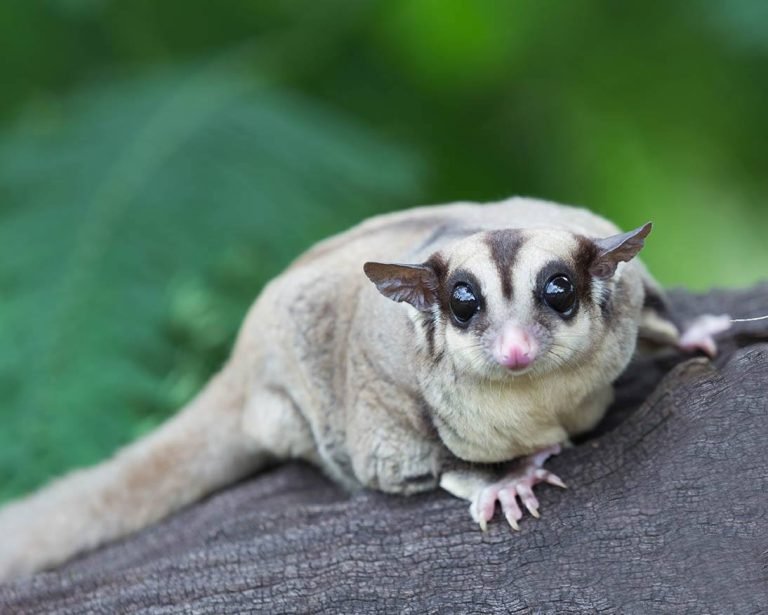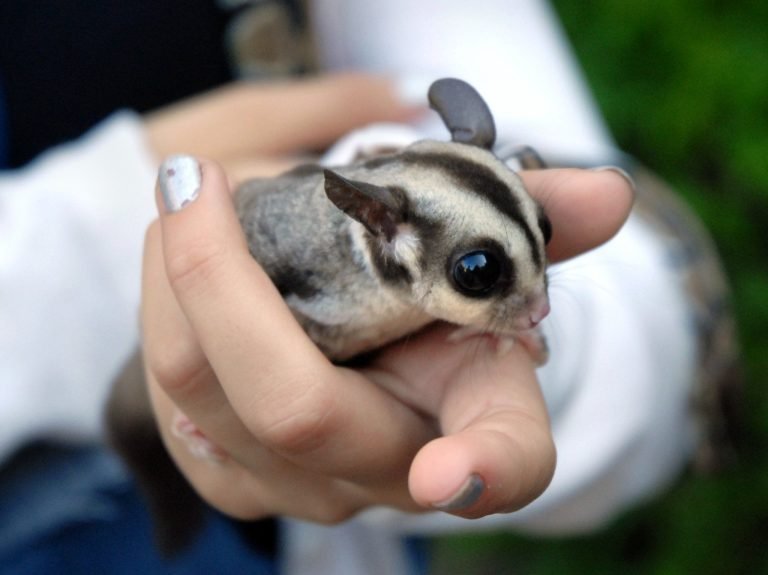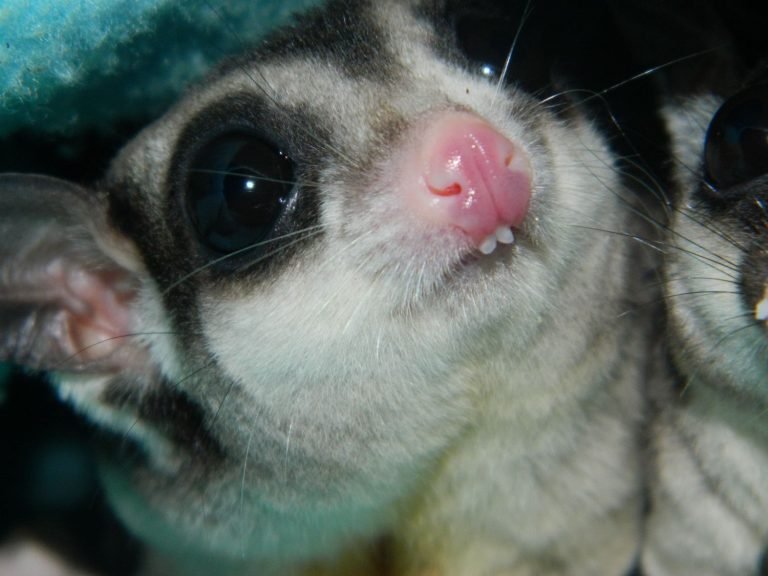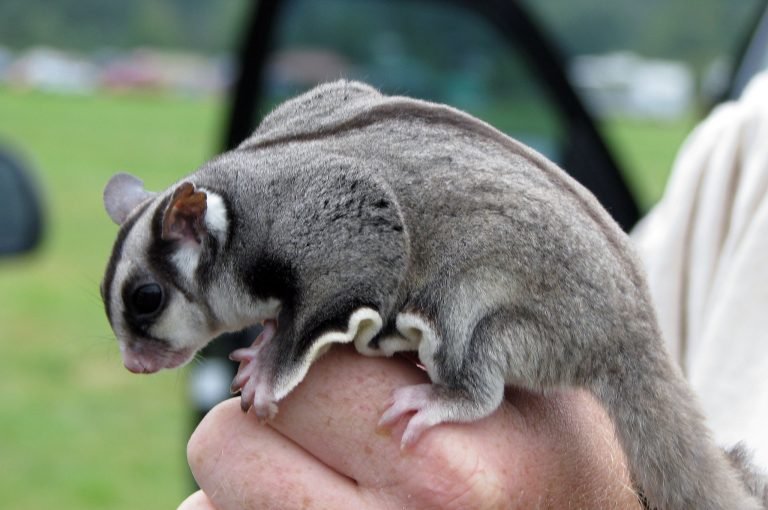Can Sugar Gliders Be Alone
Can Sugar Gliders Be Alone?
If you’re considering getting a sugar glider as a pet, one of the questions you may have is whether or not they can be alone. Sugar gliders are social animals and thrive in the company of their own kind. They are highly social and form strong bonds with their fellow gliders. While it is possible for a sugar glider to live alone, it is not recommended or ideal for their well-being and overall happiness.
Sugar Gliders: Highly Social Creatures
Sugar gliders are native to the forests of Australia, Indonesia, and Papua New Guinea, where they live in groups called colonies. In the wild, they spend their days foraging for food, exploring their surroundings, and interacting with other members of their colony. They communicate with each other using a variety of vocalizations, scent marking, and body language.

The Importance of Bonding
In captivity, it is crucial to provide sugar gliders with opportunities to bond and socialize with other gliders. Sugar gliders that are raised alone often suffer from loneliness, anxiety, and depression. They may become stressed or exhibit abnormal behaviors such as excessive grooming, self-mutilation, and loss of appetite.
To ensure the well-being of your sugar glider, it is highly recommended to keep them in pairs or small groups. Ideally, keeping a pair of sugar gliders from the same litter is a great way to ensure that they have a strong bond from a young age. However, if you already have a single sugar glider, it is possible to introduce a new companion to keep them company.
The Benefits of Keeping Sugar Gliders Together
There are several reasons why keeping sugar gliders together is beneficial for their overall welfare:
1. Companionship
Sugar gliders are highly social and form strong bonds with their colony members. Having a companion provides them with the social interaction and companionship they need to be fulfilled.
2. Mental Stimulation
Living with a companion or a small group of sugar gliders provides mental stimulation for these curious creatures. They engage in grooming, playing, and exploring together, which helps keep their minds active and engaged.
3. Emotional Support
Sugar gliders are known to provide emotional support to each other. They take comfort in the presence of their companions and often cuddle together for warmth and security.
4. Training and Enrichment
Having multiple sugar gliders makes training and enrichment activities more effective. They learn from each other and can pick up new behaviors and tricks by observing their companions.
5. Health Benefits
Having a companion can also positively impact the health of sugar gliders. They encourage each other to stay active, eat well, and groom each other, promoting overall physical well-being.
Introducing New Sugar Gliders
If you already have a sugar glider and want to introduce a new companion, it is important to do so gradually and carefully. Here are some steps to follow:
1. Quarantine
Before introducing a new sugar glider to your existing one, it is essential to quarantine the new glider for at least 30 days to ensure they are healthy and free from any diseases or parasites.
2. Slow Introduction
Start by placing the new glider’s cage next to the existing one. This allows them to become familiar with each other’s scent and presence. Over time, you can start allowing them to interact in a supervised and controlled environment.
3. Neutral Territory
When it’s time for the gliders to meet face-to-face, choose a neutral territory that neither glider has claimed as their own. This helps reduce territorial aggression and creates a more positive introduction.
4. Supervision and Patience
During the initial interactions, it is important to supervise the gliders to ensure they are getting along. Be patient as they establish their hierarchy and work through any initial dominance behaviors.
5. Professional Help
If you are unsure about introducing gliders or if they are showing signs of aggression or distress, it is recommended to seek help from a professional who has experience with sugar glider introductions.
Frequently Asked Questions
Q: Can sugar gliders be kept alone?
While it is possible for sugar gliders to live alone, it is not recommended. They are highly social animals and thrive in the company of their own kind. Living alone can lead to loneliness, anxiety, and depression in sugar gliders.
Q: How many sugar gliders should I keep together?
It is generally recommended to keep sugar gliders in pairs or small groups. A pair of sugar gliders from the same litter is ideal. They depend on each other for companionship, mental stimulation, and emotional support.
Q: What happens if I keep a sugar glider alone?
When kept alone, sugar gliders may suffer from loneliness, anxiety, and depression. They may exhibit abnormal behaviors such as excessive grooming, self-mutilation, and loss of appetite.
Final Thoughts
In conclusion, sugar gliders are highly social animals and thrive in the company of their own kind. While it is possible for them to live alone, it is not recommended or ideal for their well-being and overall happiness. Keeping sugar gliders together in pairs or small groups provides them with companionship, mental stimulation, emotional support, and numerous health benefits. If you have a sugar glider, it is worth considering introducing a companion to ensure they lead a fulfilling and happy life.







